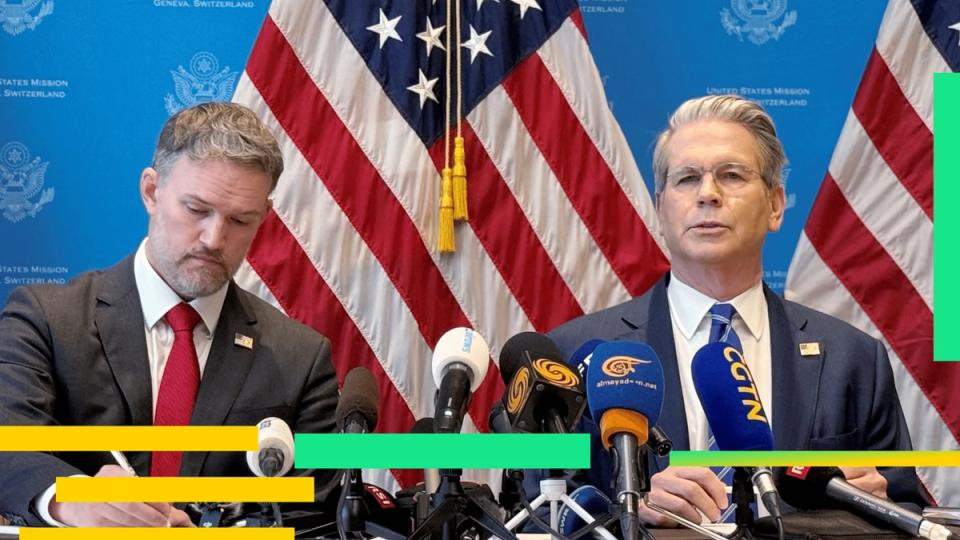Bitcoin The near-term outlook may look bleak, with the price hovering around $105,000, but the U.S. fiscal picture looks considerably better.
According to CNBC, the US Treasury recorded a surplus of $198 billion in September 2025, the largest ever for that month. This good result helped reduce the 2025 budget deficit to $1.78 trillion, about $41 billion (2.2%) less than in 2024.
While September typically sees a budget surplus due to tax payments, this time around an additional factor contributed: import duties (tariffs), introduced by President Donald Trump in April. The tariffs generated $30 billion in revenue in September, nearly half of what had been forecast for the entire fiscal year.
That revenue helped offset record interest payments on the $38 trillion national debt, which reached more than $1.2 trillion a year. In September, net interest payments totaled $37 billion, making it the fourth largest federal expenditure for the month. It comes in behind Social Security ($133 billion), health spending ($94 billion) and national defense ($76 billion).
The larger-than-expected revenue from Trump’s tariffs suggests he will likely remain committed to his trade war strategy despite potential market volatility. This could prompt investors to abandon risky assets and seek safety in alternatives such as bonds and gold, similar to the market reaction seen during April’s “tariff crisis”.
Although a potential worsening of trade tensions could worsen inflation, the Federal Reserve expects any price increases to be temporary and will likely continue to lower interest rates, currently between 4.00% and 4.25%.
According to the CME Fed Watch Tool, the market expects rate cuts of 50 basis points for 2025, bringing the benchmark rate to between 3.50 and 3.75%. It remains to be seen whether the impending easing will bring relief to risky assets.




